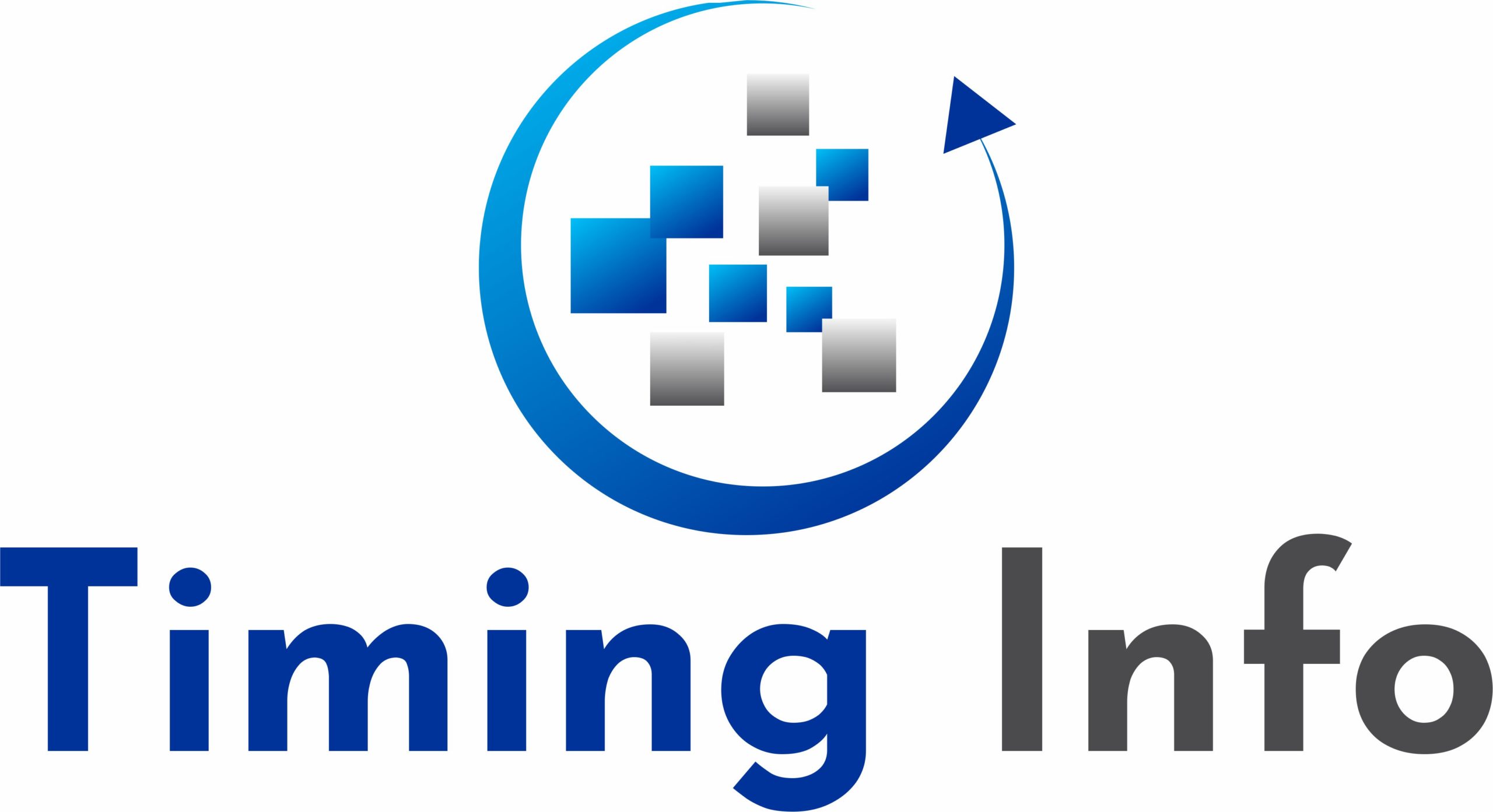A lot happens behind the scenes that doesn’t show up in prep checklists or PowerPoint decks. While organizations work hard to meet CMMC compliance requirements, the assessment process itself unfolds in a structured—but often misunderstood—way. Here’s a peek into what really goes down once the doors close and the assessors go to work.
Confidential Evidence Scrutiny by Authorized Assessors
Every CMMC assessment begins with evidence. Real, document-based proof—nothing vague, nothing guessed. Certified Third-Party Assessor Organizations (C3PAOs) don’t just take a company’s word; they dig deep into records, configurations, and security data to confirm what’s in place. They’re checking whether the controls claimed on paper are backed by traceable evidence. This isn’t a quick scan—it’s a focused review of how the organization protects Controlled Unclassified Information (CUI).
Even at CMMC level 1 requirements, assessors look for records tied to basic cyber hygiene practices. For CMMC level 2 requirements, the level of scrutiny ramps up significantly. Logs, policies, system outputs—every piece must match what the organization has declared. There’s no guessing, and certainly no bluffing. That’s why being organized and upfront from the start matters more than just having security tools in place.
Validation of SSP Documents Against Security Requirements
The System Security Plan (SSP) isn’t just a box to check. It’s the foundation of the whole CMMC compliance journey. Assessors review the SSP to confirm it reflects actual system configurations, policies, and procedures—not just a polished document written for show. They compare what’s on paper to what’s in practice, aligning those details with the CMMC level being assessed.
This stage often reveals disconnects. Maybe the SSP lists a specific access control policy that was never really implemented. Or it includes encryption claims that don’t match reality. Assessors take their time connecting each control requirement to the SSP narrative. A mismatch here can raise questions for the rest of the CMMC assessment. So, the better the alignment, the smoother this part flows.
Personnel Interviews Uncovering Operational Cyber Practices
Documents can only tell part of the story. Interviews help assessors understand how the security plan works in day-to-day operations. They speak directly with IT staff, system admins, and sometimes department leads to see how procedures actually play out. It’s not a trap—it’s a reality check.
These conversations help clarify if the cybersecurity culture matches what’s on record. If staff struggle to explain password management protocols or incident response actions, that tells assessors something’s off. For companies working toward CMMC level 2 requirements, these interviews carry more weight. Practical knowledge, not just formal policy, plays a key role in proving maturity.
Intensive System Boundary and Asset Scope Review
Drawing the right boundary around what’s being assessed is a major part of the process. It defines which systems, networks, users, and data flows are in scope. This review helps assessors ensure nothing is left out and that protections apply across the full environment supporting CUI.
At this stage, many organizations discover that their original boundary definition was either too broad or too narrow. Assessors walk through network diagrams, IP ranges, system inventories, and user roles. The goal is to confirm everything necessary is covered by the CMMC compliance requirements. If parts of the environment fall outside the boundary, it can impact the validity of the entire assessment.
On-Site Control Effectiveness Testing Protocols
While some portions of the CMMC assessment can be remote, on-site evaluations are common for full control testing—especially at level 2. Assessors check physical security, workstation configurations, and network access firsthand. This allows them to confirm protections aren’t just theoretical.
This step includes walkthroughs, visual inspections, and in some cases, control testing. Are USB ports disabled? Is MFA in place where it’s claimed? Are employees locking screens? These aren’t small details—they matter. On-site testing is a chance to back up documentation with visible, functional controls. It’s also where unspoken issues sometimes surface, revealing gaps the organization hadn’t noticed.
Detailed Compliance Artifact Verification Process
Artifacts—like audit logs, screenshots, and procedure outputs—offer hard evidence that a system is doing what it claims to. The verification process requires each artifact to be clearly linked to a control and easily validated. Vague files, outdated screenshots, or untagged logs can delay the assessment or result in control failures.
Assessors may ask for alternate or additional artifacts if the originals don’t meet the bar. Especially for CMMC level 2 requirements, which focus heavily on documented and repeatable practices, this process can make or break individual control results. It’s not about volume, but clarity and relevance. Clean, direct artifacts speed up the entire process.
Assessment Team’s Deliberation on Cybersecurity Maturity Ratings
After all the evidence is reviewed, interviews completed, and systems tested, the assessors regroup. This part happens without the organization present. The team compares findings, debates gray areas, and agrees on control scores based on predefined criteria. It’s a collaborative decision-making phase guided by the CMMC Assessment Process (CAP).
The final cybersecurity maturity rating isn’t just a pass/fail—it reflects how well the organization met the full intent of each control. Even small misalignments can tip a control into a lower rating. But this deliberation also ensures fairness. Every control is reviewed against the same CMMC compliance requirements, creating a standardized process no matter the business size or sector.

